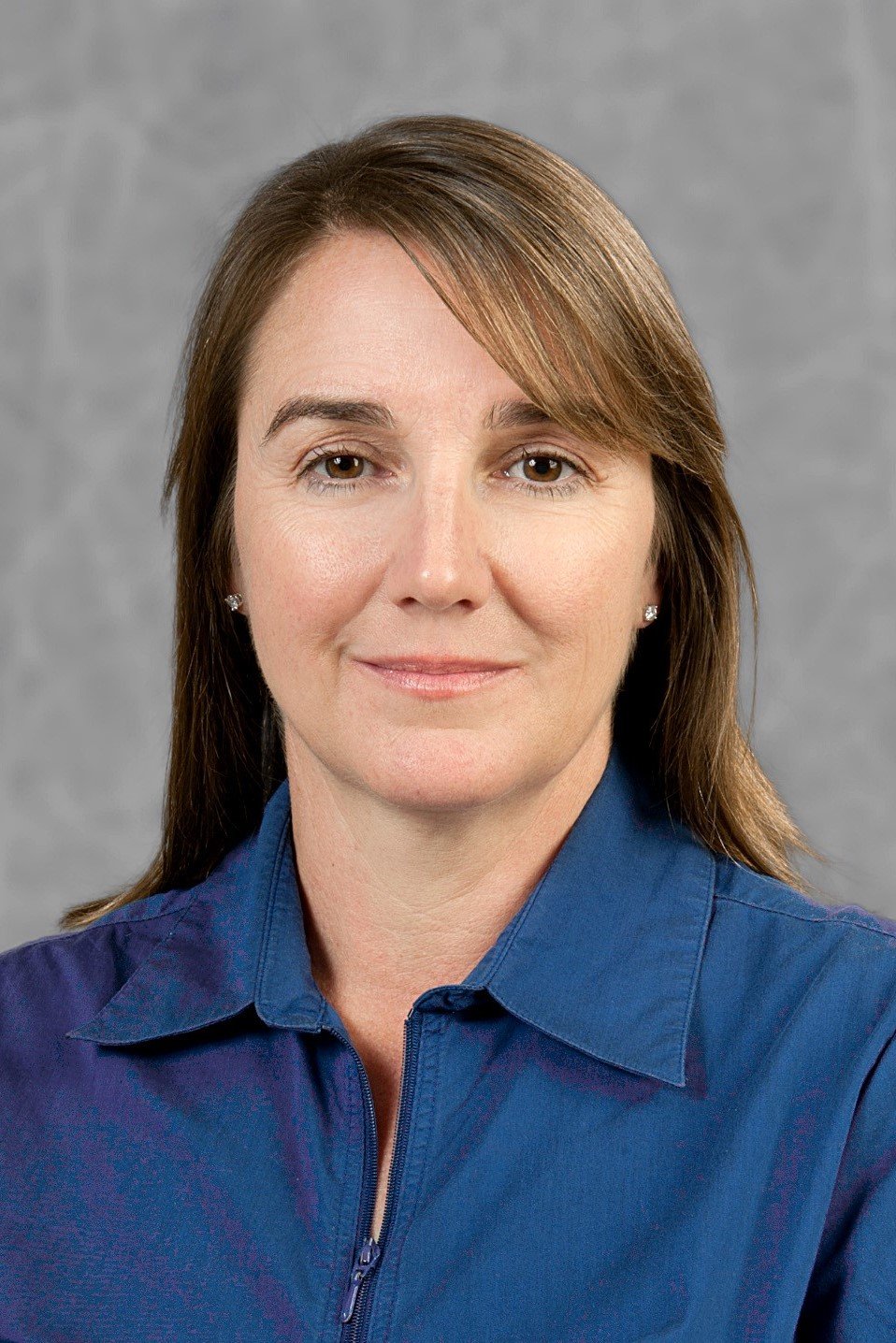Demonstration and Evaluation of Regenerative Stormwater Conveyance (RSC) for Reducing Nutrient Pollution from Agricultural Sources
Barbara Doll, PhD, PE
NC State University
Raleigh, NC
Authors:
Barbara A. Doll - Biological & Agricultural Engineering Department and NC Sea Grant, NC State University
Daniel E. Line - Biological & Agricultural Engineering Department, NC State University
Water quality and flow monitoring were conducted on two small tributaries to 1) gauge the effectiveness of cattle exclusion fencing coupled with riparian buffer establishment and 2) quantify the nutrient and sediment reductions associated with implementing a regenerative stormwater conveyance (RSC) channel in an agricultural setting. North Tributary (NT) and Tributary 1a (UTA) are located in the Piedmont of North Carolina and have relatively small watersheds (23 and 25 acres, respectively). The creeks drain pasture used for beef cow grazing and periodic application of swine waste. Both are severely incised due to head-cutting. Monitoring was established at the downstream end of both tributaries on 8/1/14, cattle exclusion fencing was installed in Nov. of 2015. Monitoring was suspended from 10/23/17 to 7/13/21 to allow time for the RSC installation on the North Tributary, which was completed in June of 2021. Monitoring was restarted on 7/13/21 and is continuing.
Fencing was installed 50 to 100 feet away from the streambanks. Monitoring results documented reductions in TKN, NOx-N, NH3-N, TN, TP, and TSS export for both tributaries. When monitoring on UTA was restarted in 2021, the reductions in TKN, NOx-N, TP, and TSS significantly improved, indicating that exclusion fencing was even more effective after four years of vegetation growth.
NT was filled with a sand: mulch filter media (80:20 mix). A rock step channel was constructed atop the filter media to convey storm flows. UTA was not modified to facilitate a paired watershed study to gauge the success of RSC in a high-nutrient load agriculture setting. TKN and NH3-N concentrations continually decreased over time for both NT and UTA, indicating that factors other than the RSC were responsible. TP concentrations, increased for NT, likely due to phosphorus leaching from the media. NOx-N and OP concentrations decreased for NT, but increased for UTA, indicating a treatment effect for the RSC likely due to anaerobic conditions, carbon, and organic matter in the media. Total export of NOx-N decreased by 30% for NT, whereas NOx-N decreased only 5% on UTA during the same period, indicating increased denitrification from the RSC.
About Barbara Doll, PhD, PE
Barbara Doll is an Extension Assistant Professor in the Biological & Agricultural Engineering Department and Extension Specialist for NC Sea Grant based at North Carolina State University located in Raleigh, North Carolina. Barbara holds a Ph.D. in Biological and Agricultural Engineering and is a licensed professional engineer. Barbara leads the Stream Restoration Program at NC State University, which carries out research, educates students, and conducts training workshops for professionals. Barbara leads a team of engineers and students that focus on evaluating the performance of stream restoration efforts, developing new techniques for ecological restoration and assisting communities with flooding and water quality challenges.

